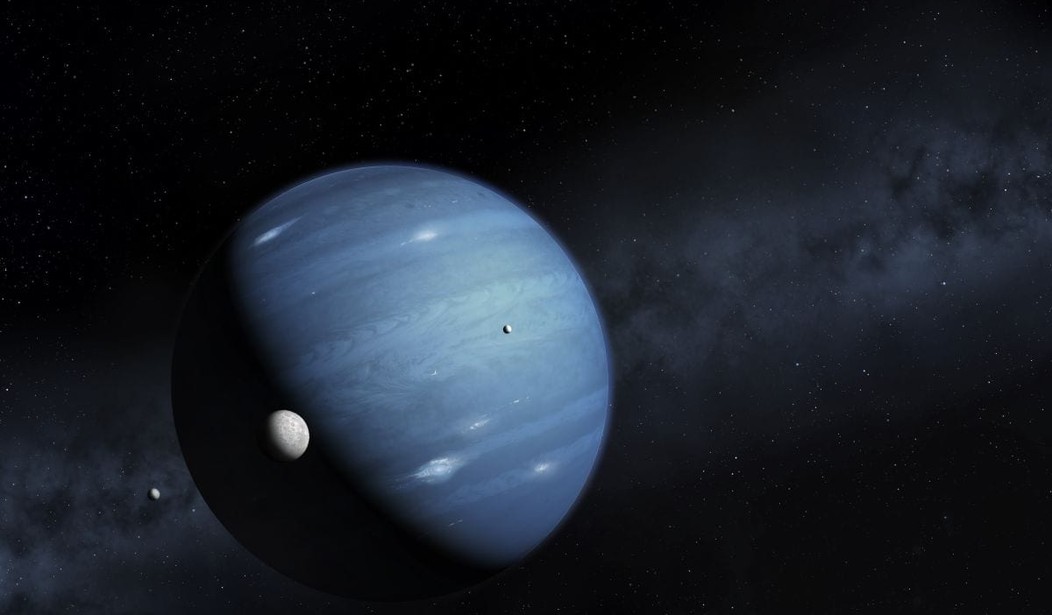NASA has announced a press conference for Thursday and is expected to confirm a major discovery about life beyond earth.
The announcement will be made by the team of scientists who have been studying the several thousand planets discovered by the Kepler space telescope. Kepler is the most successful planet-hunting probe in history, having identified more than 2500 planets with another 2000 candidates that still need to be studied.
Kepler has found several planets orbiting their star in the so-called “Goldilocks Zone,” where it is warm enough for liquid water to flow. The announcement may be related to one of those planets.
In issuing the release on the press conference, NASA pointed to a new way of analyzing data from Kepler.
The team at the Kepler Space Telescope has been searching for extra-terrestrial life since 2009, and now they have found something spell bounding. In the course of time, the telescope has found many Earth-sized planets on the habitable zone, and researchers believe that some of them have the possibility to support life. According to NASA officials, this startling discovery was made using machine learning supported by Google.
“The discovery was made by researchers using machine learning from Google. Machine learning is an approach to artificial intelligence, and demonstrates new ways of analyzing Kepler data,” wrote NASA officials in a recently released press release.
Those “new ways” of analyzing data could include the discovery of the exoplanet Holy Grail — a twin of Earth that is about our size, orbiting its star about the same distance as our planet, and that might give indications of water and/or oxygen in its atmosphere.
There have been discoveries in the past of rocky, Earth-like planets in the habitable zone, but those have been massive, up to ten times our size. News of an Earth twin would set off a frenzy in the community of scientists who have been looking for such a planet for decades. It would almost certainly be a primary target of the new Webb space telescope, now set for launch in 2019. Webb won’t be able to image the planet, but would be able to study it at infrared wavelengths.
While it would be a pretty big deal to find an earth twin out there, with NASA, you always have to question the timing. We haven’t heard much from the space agency recently, except their annual attempts to scare us into giving up fossil fuels due to global warming. So maximizing the PR value of whatever announcement they’re going to make is not unusual.










Join the conversation as a VIP Member